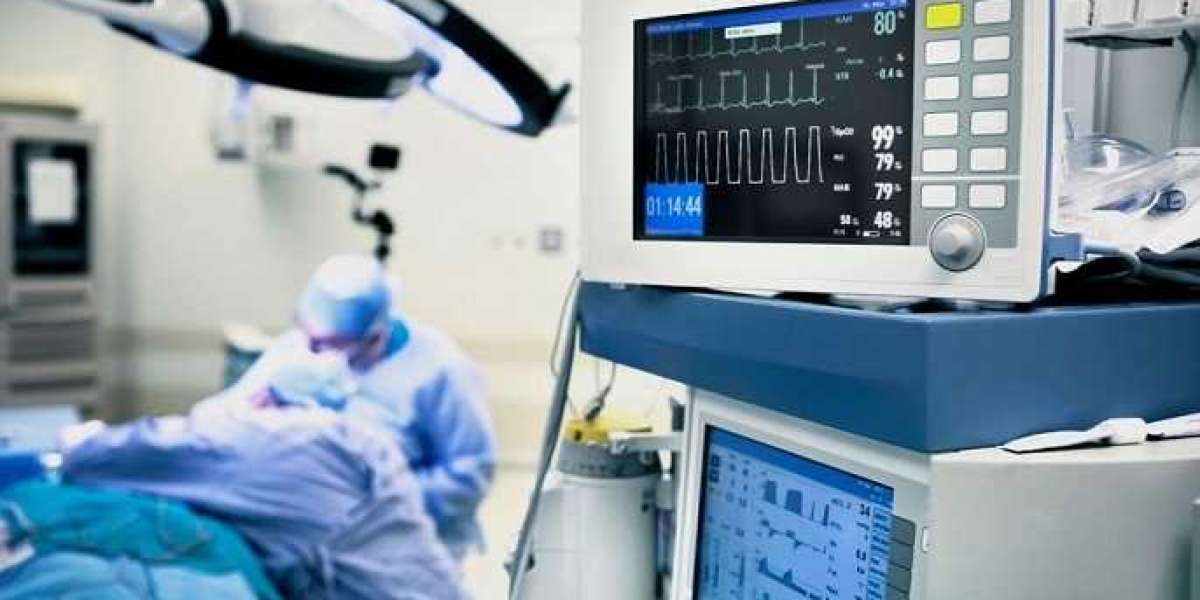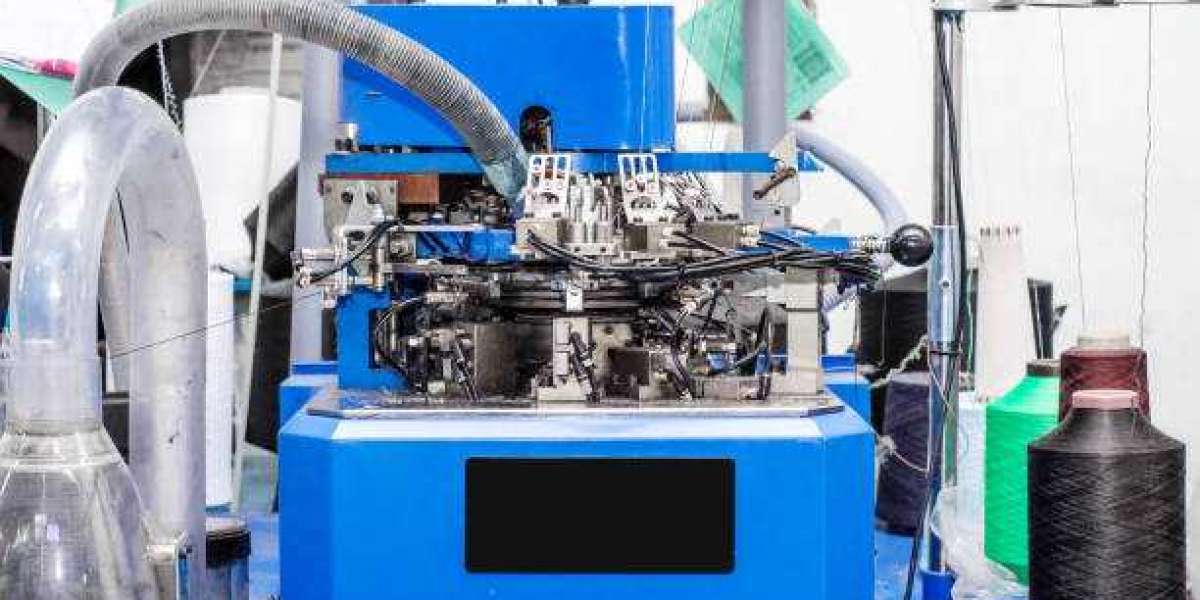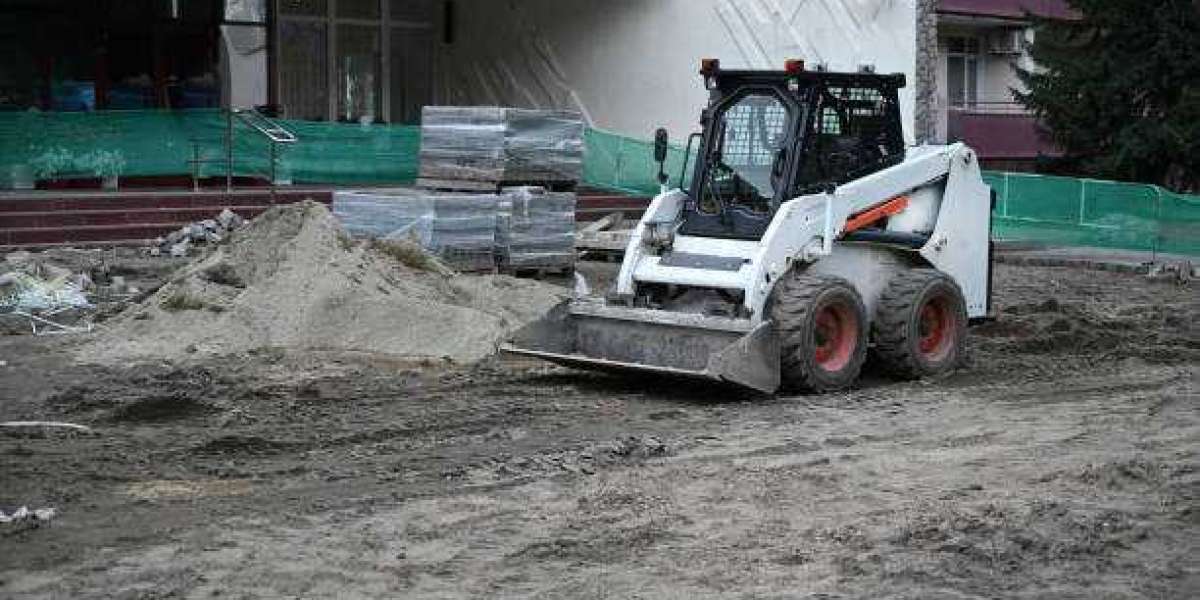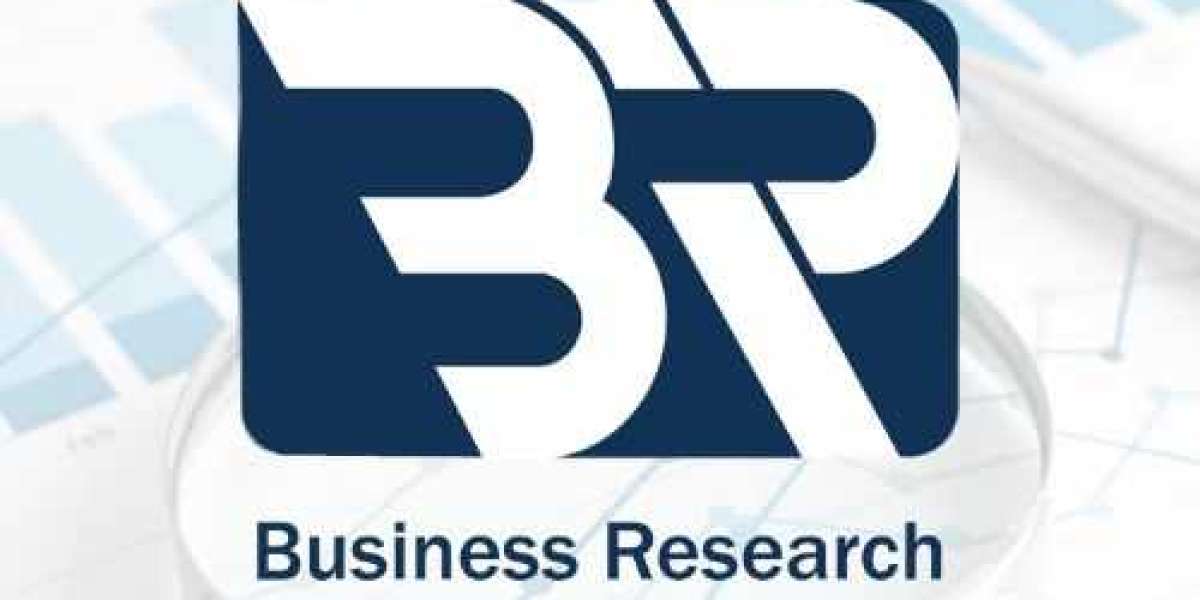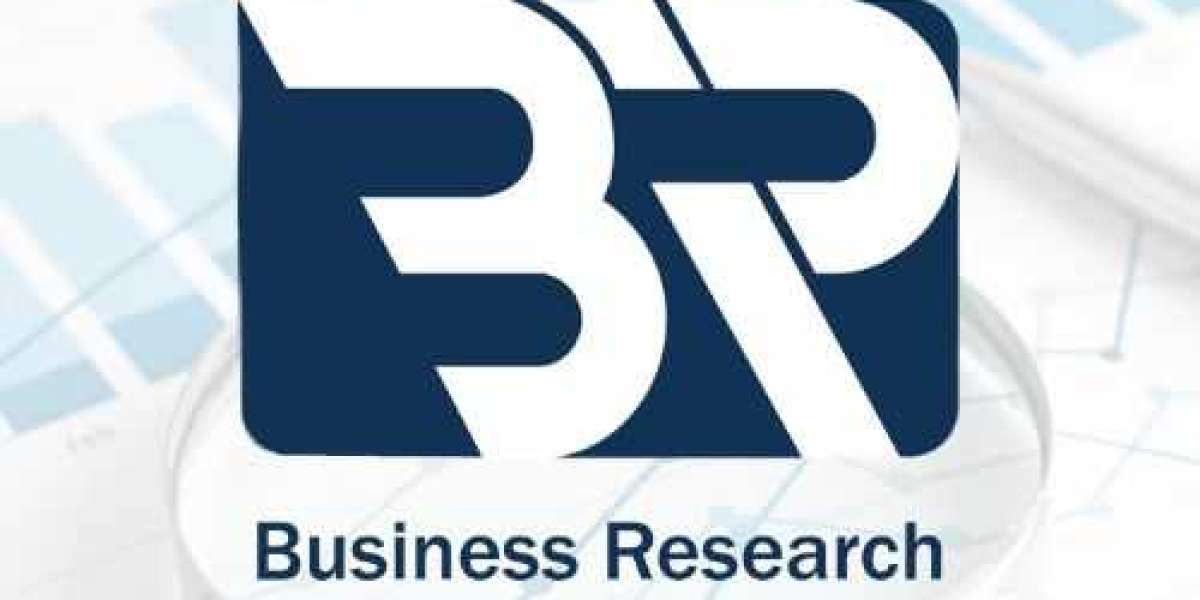The medical devices market in Africa is experiencing significant growth, driven by a combination of factors such as the increasing prevalence of chronic diseases, the growing geriatric population, technological advancements in medical devices, rising awareness of advanced healthcare technologies, and government initiatives aimed at improving accessibility to healthcare. However, the market also faces challenges, including the high cost of advanced medical devices and the unregulated nature of certain regions, which can pose safety risks to patients.
Get Pdf Copy: https://www.meticulousresearch.com/download-sample-report/cp_id=6102
Key Drivers of the Africa Medical Devices Market
Increasing Prevalence of Chronic Diseases and Geriatric Populations
The rising burden of chronic diseases such as diabetes, cardiovascular conditions, and cancer, combined with an aging population, is a primary driver of the demand for medical devices in Africa. The continent is seeing an increase in lifestyle-related diseases, which require continuous monitoring and management. The geriatric population, who are more susceptible to chronic conditions, is also contributing to the rising demand for medical devices that aid in the diagnosis and management of such diseases.Technological Advancements in Medical Devices
Technological innovation has significantly improved the quality and efficiency of medical devices. Devices that enable real-time diagnostics, remote monitoring, and point-of-care (PoC) testing are becoming increasingly popular in Africa. These technologies not only enhance patient outcomes but also address challenges such as the need for quick diagnostics and limited healthcare infrastructure in rural areas.Growing Awareness of Advanced Medical Technologies
As awareness of new medical technologies grows among healthcare professionals and the general public, the demand for advanced medical devices is increasing. Patients are more informed about available treatment options, including modern diagnostic tools and medical devices, leading to a greater demand for these products in the market.Government Initiatives to Increase Accessibility
Many African governments are making substantial investments in healthcare infrastructure, aimed at improving accessibility to medical treatment across the continent. For instance, the South African government allocated USD 1.33 billion to improve healthcare facilities, which is expected to spur the adoption of medical devices in the region. Additionally, government-led initiatives to subsidize or regulate the import of medical devices are helping to make these products more affordable and accessible to the population.
Market Restraints
High Cost of Advanced Medical Devices
Despite advancements, the high cost of medical devices remains a significant barrier in many African countries, particularly in low-income regions. Many medical facilities and patients are unable to afford high-quality diagnostic or therapeutic devices, which hinders market growth in these areas.Unregulated Market and Safety Risks
The lack of stringent regulatory frameworks in some African countries can lead to safety concerns. The import and sale of counterfeit or substandard medical devices pose a significant risk to patient health. This unregulated nature of the market can also lead to a lack of trust in the effectiveness and safety of medical devices, impeding market growth in the region.
Opportunities for Market Players
Developing Healthcare Infrastructure
A key opportunity in the Africa medical devices market lies in the ongoing development of healthcare infrastructure. Governments and private entities are increasingly investing in building and upgrading hospitals, clinics, and diagnostic centers, creating a growing demand for medical devices. This development, combined with a focus on improving healthcare quality and access, offers substantial opportunities for medical device manufacturers.Emerging Medical Tourism
The rise of medical tourism in Africa, particularly in countries such as South Africa, Egypt, and Kenya, is providing new growth avenues for the medical devices market. As these countries establish themselves as medical tourism hubs, the demand for high-quality medical devices and diagnostic equipment is increasing. The influx of international patients seeking advanced medical treatment is stimulating demand for cutting-edge technologies.Shortage of Skilled Workforce and Medical Devices
While Africa faces a shortage of skilled healthcare professionals, the situation also creates an opportunity for medical device companies to step in with solutions that ease the burden on overburdened healthcare workers. Devices that automate tasks, such as diagnostic testing and patient monitoring, can help fill the gap created by a shortage of trained medical personnel.
Get Customized Report: https://www.meticulousresearch.com/request-customization/cp_id=6102
Market Segmentation
The Africa medical devices market is segmented by product, risk type, application, end user, and geography, providing a detailed view of market trends and dynamics.
By Product:
The monitoring devices segment is expected to lead the market in 2024. The growing adoption of real-time diagnostic testing for chronic and infectious diseases, such as cancer, HIV/AIDS, and diabetes, is driving demand for these devices. Point-of-care (PoC) devices, which offer quick and cost-effective testing solutions, are also contributing to market growth, particularly in remote and underserved areas.By Risk Type:
The moderate-risk medical devices segment is anticipated to hold the largest share in 2024. Devices such as syringes, wound management products, and self-pregnancy test kits are frequently used across African markets, especially in regions with a high population of elderly individuals who require care for various conditions, including those related to chronic diseases.By Application:
Cardiology is expected to dominate the market by application, driven by the increasing prevalence of cardiovascular diseases in Africa. The World Health Organization estimates that around 20 million people in Africa suffer from cardiovascular conditions, creating significant demand for cardiological medical devices, including diagnostic equipment, pacemakers, and stents.By End User:
Hospitals and clinics are projected to account for the largest share of the market. With the rise in chronic and non-communicable diseases, hospitals are seeing increased patient volumes, and the need for medical devices in these settings continues to grow. Additionally, the strengthening of healthcare infrastructure and increased healthcare investments are expected to bolster the adoption of medical devices.
Regional Insights
South Africa:
South Africa is expected to lead the market in 2024 due to its relatively high healthcare expenditure and government-backed initiatives to strengthen healthcare infrastructure. The country's ongoing investment in medical infrastructure, such as the USD 1.33 billion allocated to healthcare facility renovations, is expected to stimulate the adoption of medical devices.Other Key Markets:
Other notable markets include Egypt, Nigeria, Morocco, and Kenya, each showing strong potential due to factors like government funding, the growing healthcare sector, and increasing demand for advanced medical technologies. The development of medical tourism in countries like South Africa and Egypt further boosts the market outlook.
Leading Players in the Market
Several global players are actively shaping the Africa medical devices market: Koninklijke Philips N.V. (Netherlands), GE HealthCare Technologies Inc. (U.S.), Abbott Laboratories (U.S.), Smith Nephew Plc (U.K.), Coloplast Corp. (Denmark), Zimmer Biomet. (U.S), Siemens Healthineers AG (Germany), F. Hoffmann-La Roche Ltd. (Switzerland), Becton, Dickinson and Company. (U.S), Olympus Corporation (Japan), Johnson Johnson Services, Inc. (U.S.), Cardinal Health. (U.S.), and Medtronic plc (Ireland).
These companies, along with others like Smith Nephew Plc, Becton, Dickinson and Company, and Olympus Corporation, are driving innovation in medical devices across Africa. Their market strategies include expanding manufacturing capabilities, forming partnerships with local healthcare providers, and introducing affordable, high-quality devices suited to the African market.
Buy Now: https://www.meticulousresearch.com/Checkout/61552158
Conclusion
The medical devices market in Africa is poised for significant growth, driven by the increasing demand for healthcare solutions amidst rising chronic diseases, an aging population, and technological advancements. While challenges such as high device costs and market regulation remain, the opportunities presented by expanding healthcare infrastructure, medical tourism, and government initiatives create an attractive landscape for market players. As the healthcare sector in Africa continues to evolve, companies that can adapt to the region's unique needs and offer innovative, affordable solutions will be well-positioned for success.
Contact Us:
Meticulous Research®
Email- sales@meticulousresearch.com
Contact Sales- +1-646-781-8004
Connect with us on LinkedIn- https://www.linkedin.com/company/meticulous-research
